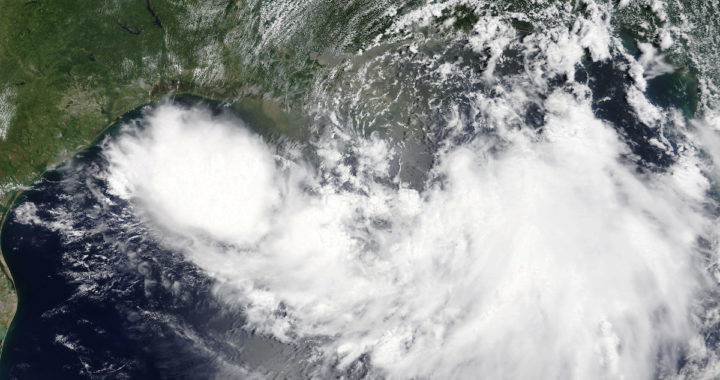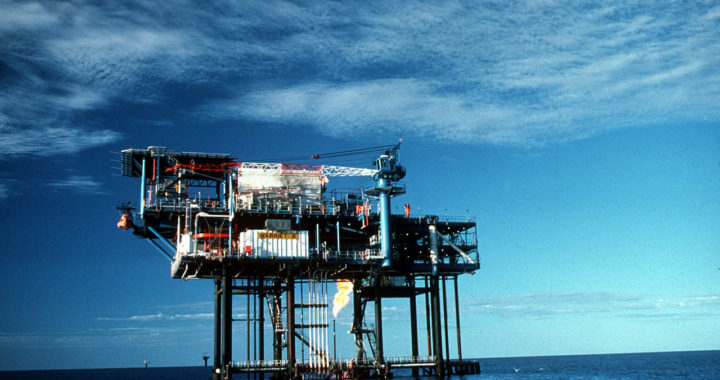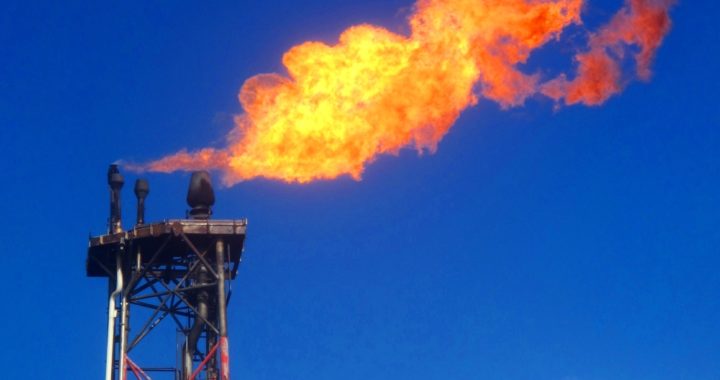Over the weekend, the Southern United States braced for impact as tropical storm Barry made landfall. Though inevitable, the United States’ annual storm season never fails to leave a path of destruction in its wake that — thanks to the area’s booming oil and gas industry — could potentially have consequences that reach around the world.
Continue readingCategory Archives: Industry News
Gulf of Oman Attacks Underscore Stability of US Oil
Earlier this week, explosions aboard two oil tankers traveling through the Gulf of Oman forced crews to evacuate ship and leave the vessels floating, abandoned. The attacks mark a third such instance of violence in the region in recent months. Those worried the tense situation would upset the price and availability of oil and gas throughout the world, however, have noticed little longterm fluctuation in oil prices, thanks in large part to the stability of the US energy industry.
‘Nobody Wants to See War in the Gulf’
On Thursday, the Norwegian-owned Front Altair or the Japanese-owned Kokuka Courageous experienced explosions while traveling through the Gulf of Oman. The United States wasted little time in accusing Iran of the attacks. A source inside the UK Foreign Office told the BBC, “We strongly agree with the US assessment.”
Iran has, predictably, denied any involvement with either attack.
Those declarations aside, the attacks mark a temporary disruption in the international oil trade. As to further escalation, several nations, including China, have declared that war isn’t in anyone’s best interest.
The International Oil and Gas Highway
Long-term disruption in the Gulf of Oman has severe implications for oil; around 16 million barrels move through the area each day. The area is also a hotspot for liquefied natural gas shipping, as well. If oil and gas is unable to move quickly through the Gulf of Oman, every energy industry in every country in the world is affected.
Thursday’s attack alone drove up oil prices 4 percent almost immediately.
Fortunately for general consumers, however, this increase in oil prices was much more muted than it would have been in previous years. “The rally is not particularly impressive. In other years, this would be a 5% to 10% move,” said energy analyst Tom Kloza.
Experts agree that the abundance of readily available refined oil continues to outweigh any concerns about the overall safety in the Gulf of Oman.
A Concerted Communal Effort
With the global need for oil sated thanks to a consistent US effort, the companies and countries with interests in the Gulf can turn their attention to security. This third round of attacks has spurred several nations to partner with businesses in the region to heighten security measures throughout the Gulf of Oman.
As one Saudi official explained, “The key thing now is to find a way to deal with those type of attacks in the future and assure everyone that those routes are still safe.”
Colorado Energy Industry Incurred 31 Percent Fewer Fines in 2018
Last week, several statewide outlets made a good bit of political hay over the number of fines incurred by the Colorado energy. But what amount of the outrage stoked by these numbers is legitimate, and how much was carefully cultivated so the state’s energy industry can fit the ongoing narrative that oil is bad?
Continue readingUnited States Methane Emissions Aren’t as Drastic as Previously Reported
On Thursday, a new study from the National Oceanic Atmospheric Administration (NOAA) revealed that the levels of United States’ methane emissions are nowhere near as high as they were previously reported. The bombshell study casts doubt on years of attacks from anti-energy protestors and could undercut new legislation from Democrats in the US House of Representatives.
The Fight Against Methane
Anti-oil and gas activists have long used methane as one of their primary weapons in the fight against US energy output. The general claim was simple: oil and gas operations expel methane into the environment, and methane is the second biggest contributor to climate change. Take, for example, a study published in Science last June that revealed US oil and gas methane emissions were 60 percent higher than the numbers reported by the EPA.
Environmental Defense Fund Chief Scientist Steven Hamburg (and co-author of the study) proclaimed, “Scientists have uncovered a huge problem.”
No matter what your opinion of the oil and gas industry, that information sounds terrifying. Opponents of domestic energy have done little to squash that fear, too, painting a picture of an industry that pumps clouds and clouds of methane into the atmosphere with gleeful ignorance.
Thursday’s study, however, portrays the oil and gas industry in another light entirely.
A Groundbreaking Study
After examining methane emissions results at 20 US drilling sites for the better part of a decade, researchers at NOAA reported, “Our estimated increases in North American [methane emissions] are much smaller than estimates from some previous studies and below our detection threshold for total emissions increases …”
Put plainly, US oil and gas production has increased by 46 percent in the last decade; in roughly the same period, US methane emissions have increased “approximately 3.4 ± 1.4 % per year,” approximately 10 times lower than some previous studies.
Nobody Likes Escaped Methane
Two days before the release of the NOAA report, two Democrat Representatives introduced the Methane Waste and Prevention Act of 2019, a proposal that would use federal law to compel oil and gas companies to cut methane emissions to the bone.
Never mind the fact that earlier this year, Erik Milito, a rep from the American Petroleum Institute revealed that between 1990 and 2017, natural gas production rose an astounding 50 percent. Meanwhile, methane emissions from natural gas projects dropped 14 percent. In Milito’s words, “During a period of significant production growth … methane emissions went down.”
Getting on the Same Page
In their conclusion to the report, NOAA researchers explained that it was a single incorrect mathematical assumption that led prior researchers to their inflated conclusions. It wasn’t a political ploy (like the grandstanding that comes after the publication of a report of this kind), it was a simple mistake.
The NOAA report also serves as further proof that in spite of the repeated attempts to hold up oil and gas as the nation’s biggest climate offenders, the industry itself is committed to creating a cleaner, more environmentally-friendly product year after year.
Oil and Gas Infrastructure Remains the United States’ Most Critical Energy Asset
In recent months, the competition between the United States and Russian energy sectors has become increasingly fierce. As the US ramps up its shale boom, Russia has tried repeatedly to secure its own future among European and Asian nations.
Continue reading




